Let's understand Automatic Movements
Horological history is a fascinating area, with hundreds of stories to tell. For this blog, we’re going to focus on the development of the automatic movement, which is widespread within the hearts of watches around the world today.

A Fascinating History
The very first origins of the automatic watch stretch way back into the 1700s, and a few players at the time were integral to its development.
It all began with the first self-winding “automatic” movement, which was conceptualised and invented by Abraham-Louis Perrelet in 1770. Using the movement of the watch-wearers own body, Perrelet’s perpetual watch ran for eight days based upon 15 minutes of walking, according to The Geneva Society of Arts (1777). The hands, however still had to be set, and his watch “used a weight pivoting at the side of the movement”.
The first drawing and conceptualisation of an automatic watch with a central rotor is attributed to Hubert Sarton, in 1778, and this is where things really took off. From there, many other watchmakers got involved. Abraham-Louis Breguet, in particular, purchased Perrelet’s designs and improved them, making them ready for sale. Automatic pocket watches hit the French market in 1780. These watches, however, were simply not reliable. Things were off to a shaky start.
The renaissance and true triumph of the automatic watch came after World War I. By that point, innovations in industry and manufacturing meant that small wristwatches could be developed, instead of pocket watches. These wristwatches used the kinetic power created by the movement of a customer's hand when wearing it. The kinetic power generated by wrist movements was far greater than that created wearing a pocket watch.
Thus, the combination of manufacturing power and wrist-design led to the popularisation of the automatic wristwatch. Engineers finally had the opportunity to transform this kinetic power into powerful charging mechanisms.
How Does The Mechanism Actually Work?

Mechanical watches work by leveraging the power of the mainspring, which moves the gears. These gears in turn move the hands. However, the mainspring, of course, loses energy over time. This means that the owner of the watch has to periodically wind it by turning a small knob on the watch itself.
Automatic watches, on the other hand, are another way to say “self-winding”. A weight inside the watch winds the mainspring. The way it works is that the movement of the watch-owner’s hand makes the weight turn on a pivot, so it oscillates in a circular motion. This is connected to a series of gears and reversers, which are linked to the mainspring. The circular motion of the weight eventually winds the mainspring, which is responsible for turning the watches hands. This mechanism forms the basic look and feel of all automatic watches on the market today.
Automatic watches ran into many problems with their early designs. The main one being, how do you prevent overwinding the mainspring? Rolex adapted to this need by adding a new system of weights into their watches. These could move more freely than previous designs, capturing energy with every turn (up to 35 hours when fully charged).
A similar innovation by Eterna also revolutionised the way automatic watches worked. In 1948, they implemented ball bearings, which reduced the friction between the weight and the mainspring. This significantly improved the efficiency of the watch and improved automatic winding.
Nowadays, the science is highly sophisticated, with beautifully, congruently working parts contributing to the overall movement.
Main Automatic Movement Manufacturers
As with any industry, there are a few main manufacturers who dominate the watch movements game. There are, of course, the luxury players like Breitling and Omega.However, beyond these, there are a few more important names to get to know, within the high-quality, affordable watch space. Thanks to the exponential growth of the watch market, there are many imaginative, enterprising and innovative watchmakers around the globe whose inspiring designs are ready to be put into production. This has created a further market, for those who do not have a manufacturing site of their own. To address this, many movements are manufactured offsite by high-quality companies. Let’s take a closer look at some of these, below:
First and foremost is ETA. ETA is a common source of movements for Swiss made brands, and most luxury watches which don’t create their movements in-house, are likely to contain an ETA movement. Proven reliability makes this the “definitive contemporary Swiss mechanical watch movement”
Secondly; Miyota. This company has built a reputation amongst Japan’s top watch mechanism manufacturers. Trusted by leading brands all over the world, this is a solid stable and beautifully designed workhorse. Quality is the highest concern, and the movements are assembled at the factory in Japan, using only parts made there. All in all they produce three different types of movement: Quartz, Mechanic Manual, and Mechanic Automatic.
Ronda is a Swiss movement maker, focussing on precision and quality. Another fantastic choice for luxury watches which don’t have in-house manufacturing. The company stopped making movements back in 1980, however, unveiled their return to the scene in 2016.
Seiko, Sellita and Soprod are all further recognisable names within the industry.
Here at Atelier Jalaper, we dream of owning our own Swiss watch manufacturing site. For now, we are just beginning our exciting journey, and a choice had to be made concerning the movement our watches would use. A clear winner was Miyota.
Miyota has built a strong reputation as a Japanese manufacturer who provides high-end, robust movements for leading watch brands around the globe. Atelier Jalaper chose to work with Miyota’s automatic movement, as it conveys the brand’s values. It is a modern movement which also conserves the elegance of classic mechanical movements.







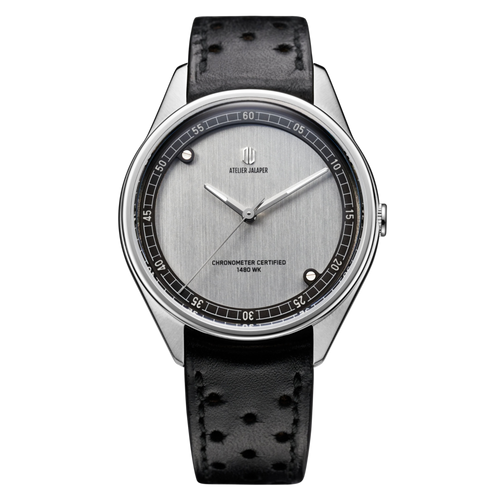


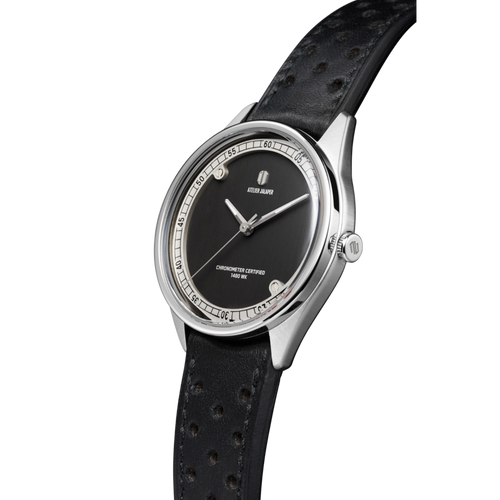

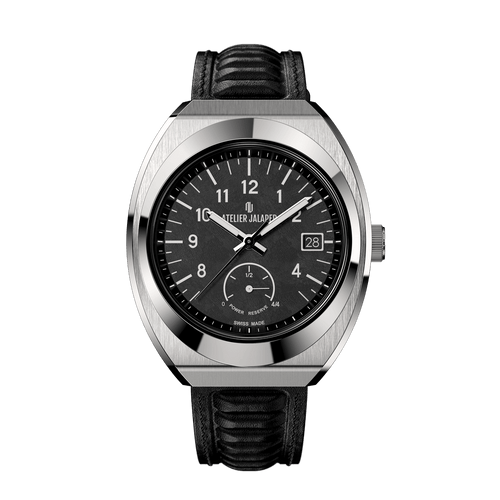
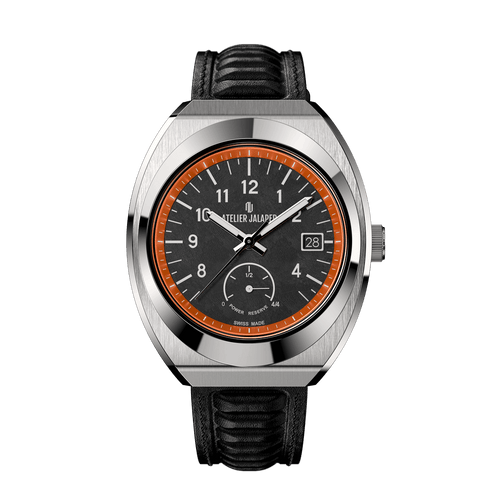
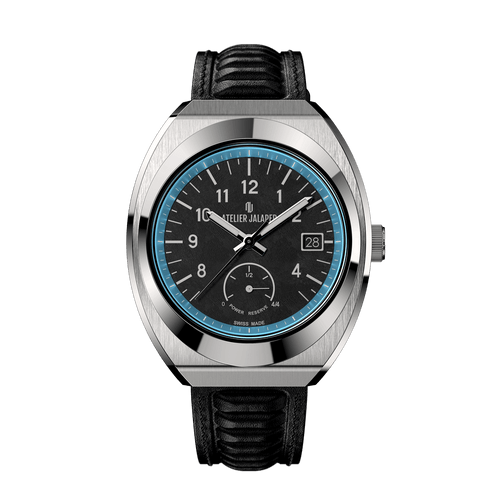
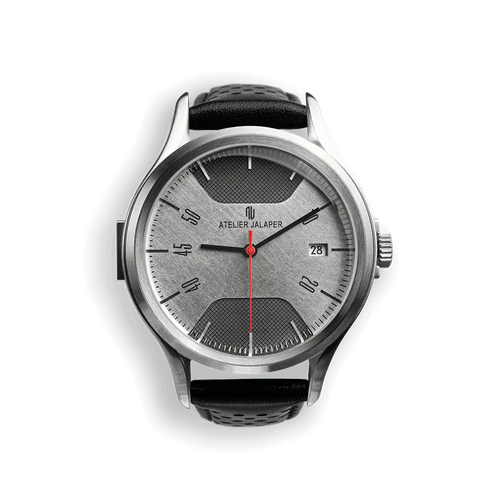
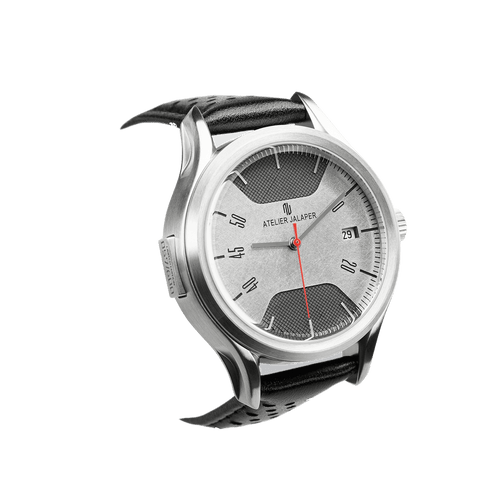
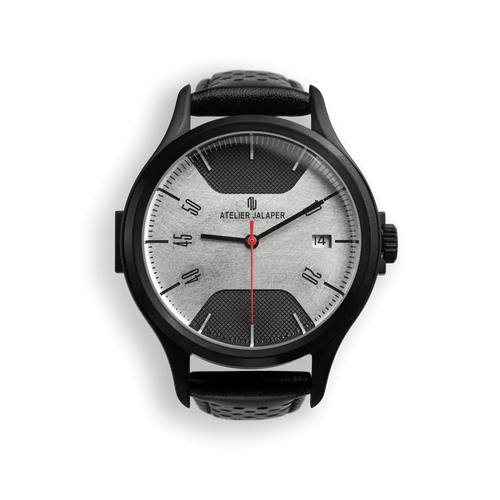
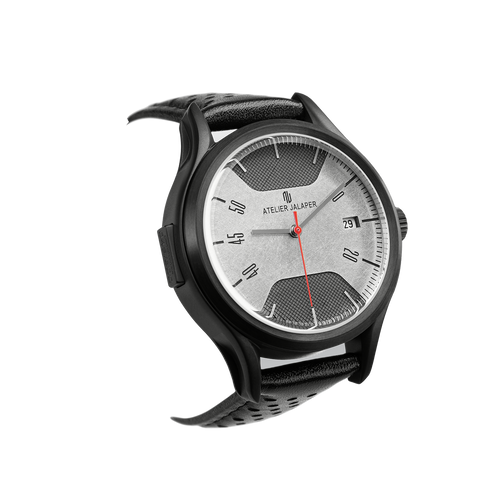
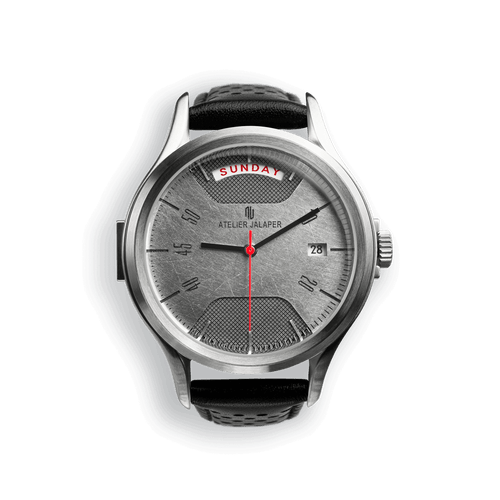
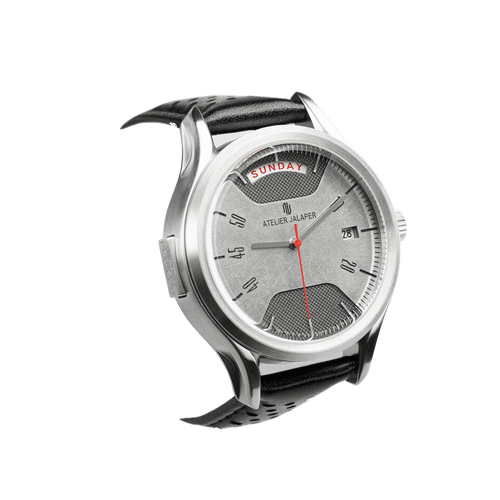
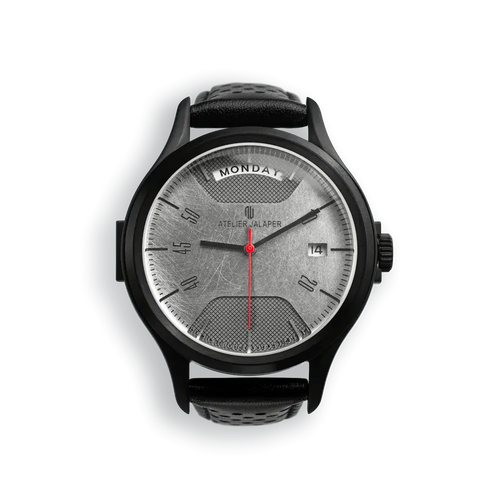
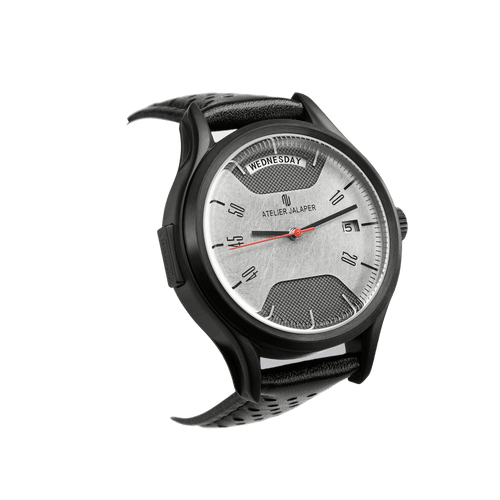


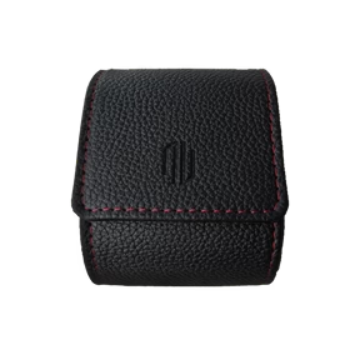
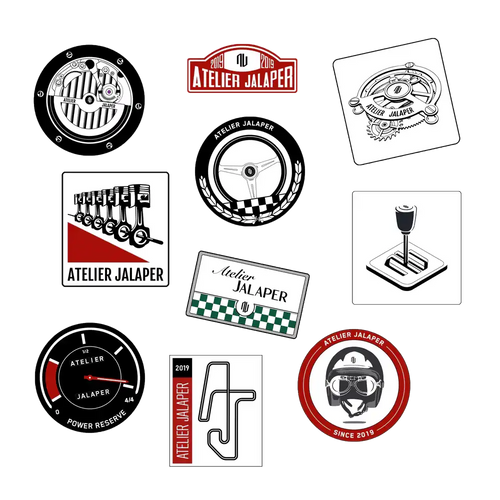
Leave a comment